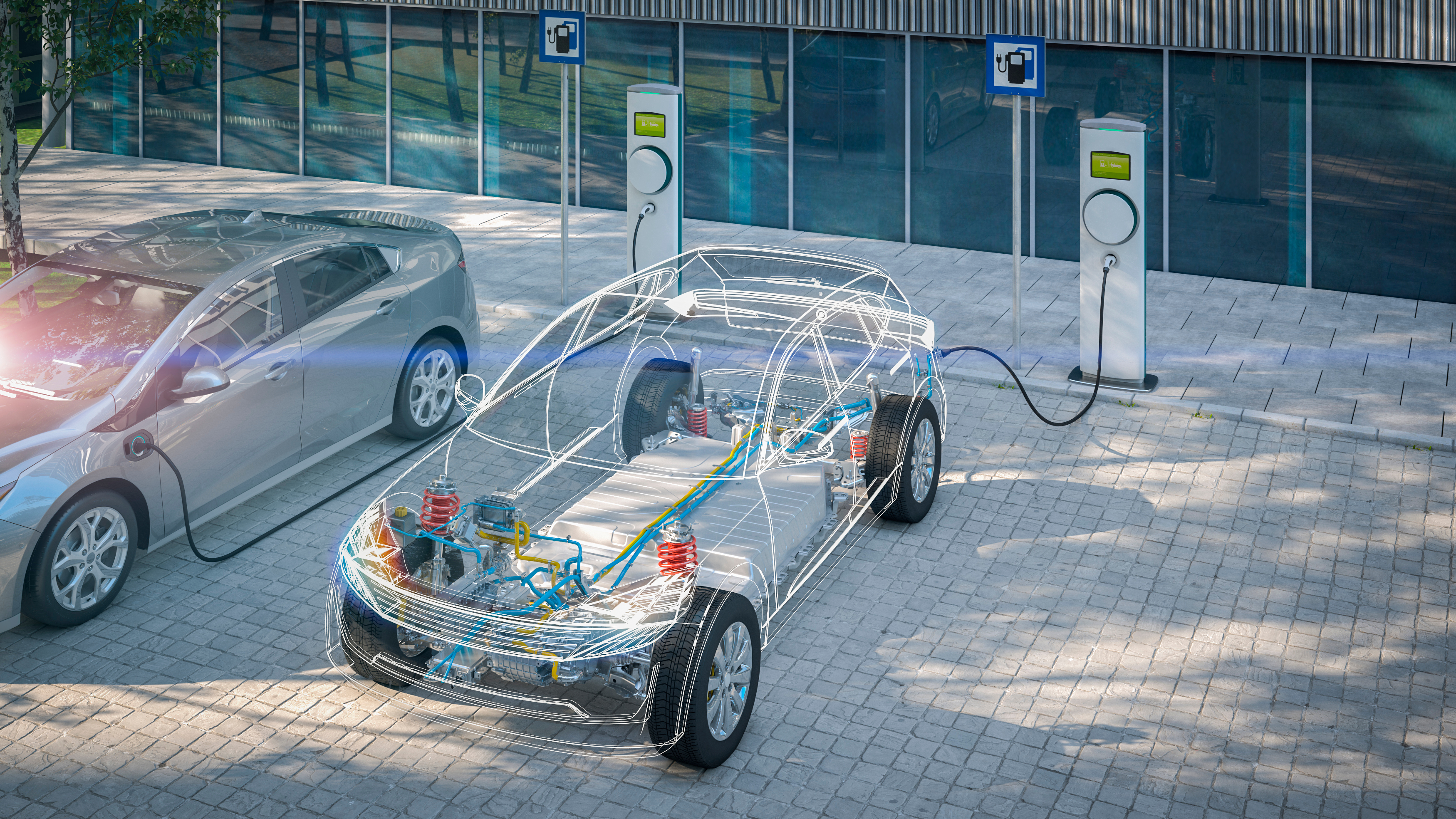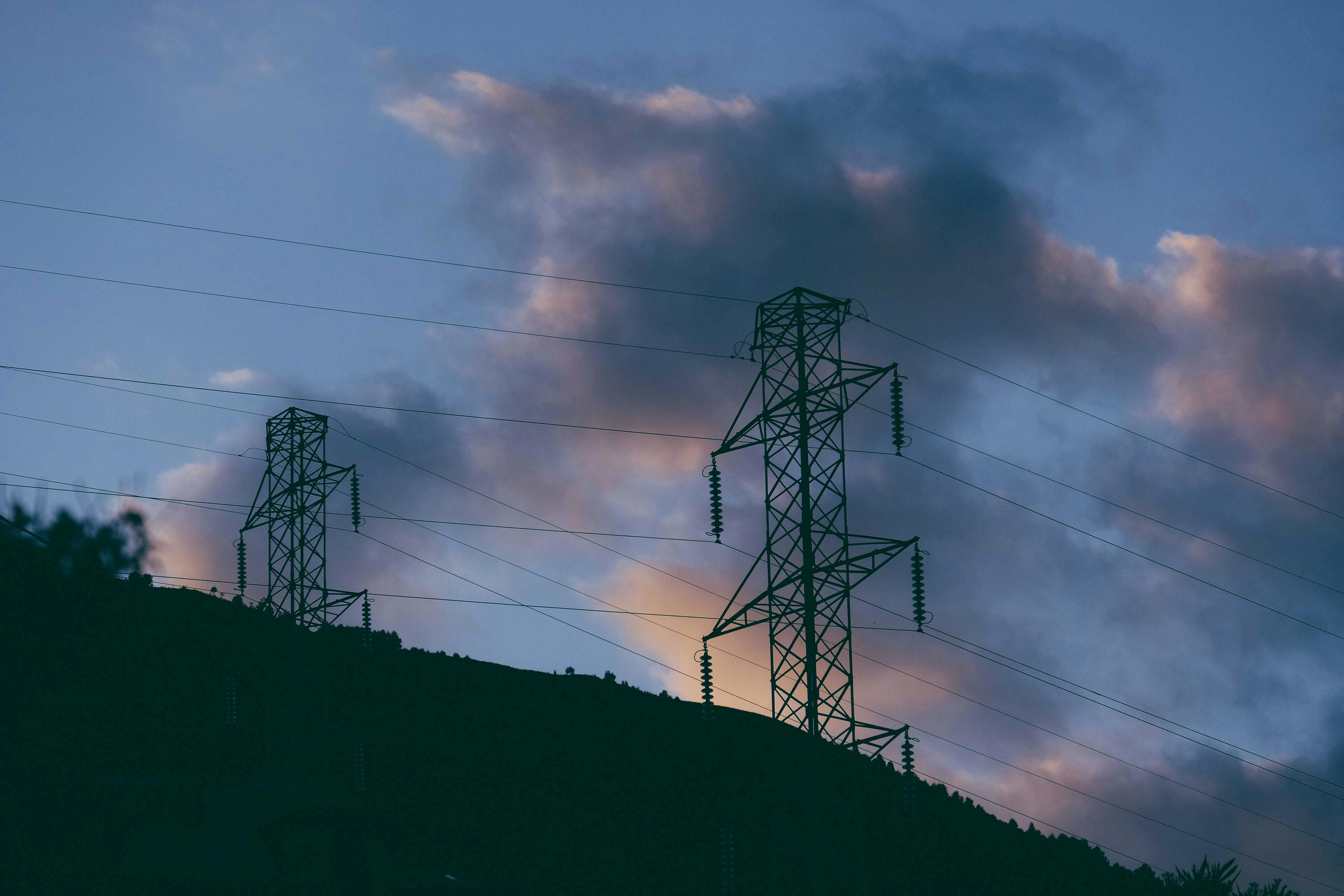Electrification with renewables and distributed energy generation are two key strategies to face the challenges of the energy transition.
Electricity and economic and social development
Electricity is one of the vectors that supply the energy society and the economy need to function. It is not the only one, though, as we also have natural gas, diesel, and, more recently, renewable gases and biofuels. From the most complex industries, machines, trains, and smaller vehicles to appliances and mobile phones, they all use electricity to run. Therefore, electricity is essential for the development of humanity and one of the energy vectors of the future.
Thanks to technological development, we are experiencing the growth of renewable sources of electricity generation such as wind and solar photovoltaic, which are replacing fossil fuels and thus contributing to the reduction of carbon dioxide (CO2) emissions and subsequently to the decarbonisation of the economy.
How important is electricity within the final energy consumption?
In Spain, electricity accounts for 24% of final energy consumption, although the growing electrification of the economy predicts an increase in this percentage in the coming years. Households, transport, buildings and industries will be replacing other types of energy with electricity to reduce greenhouse gas emissions.
At the European level, electricity is expected to cover 57% of final energy demand by 2050.
Therefore, it is necessary to complement the electrification process with the increasing participation of renewable energy as an energy vector for other activities and sectors where electrification is not technically or economically feasible to enable complete decarbonisation of the economy.
Electrification and climate change
Reducing greenhouse gas emissions is one of the main goals in the fight against climate change. Globally, plans are being developed to make this transition as quickly as possible and at an affordable cost to consumers and businesses. And in this transition, electrification plays an important role.
What is the electric mix?
Electricity is not a primary energy source. That is, it is not found directly in nature. Thus, it is necessary to have different technologies that allow us to transform primary energy sources (nuclear, thermal, hydraulic, wind, solar, etc.) into electricity for its production. Each of these generation technologies has its own characteristics, but they all contribute to the coverage of electricity demand at the most appropriate time and form.
The electric mix, or electric matrix, is the contribution of each of these technologies to the demand at all times and will vary by country, region, and city depending on the availability of energy resources and technical conditions, economic, and environmental problems.
Electricity generation technologies
When generating electricity, we find renewable technologies, such as hydraulics, solar thermal, solar photovoltaic or wind, and other non-renewable production technologies such as nuclear power plants and conventional thermal power plants (using coal, natural gas, or fuel oils), combined-cycle power plants or cogeneration.
Each of these technologies emits different levels of greenhouse gases (GHG) throughout its value chain, from raw material extraction, power generation, distribution and finally, at the time of consumption.
Today, all these electricity generation technologies are necessary to ensure the supply of people and industries at a feasible and sustainable cost. Renewable energies are low in carbon, and the non-renewable ones, with higher CO2 emissions, provide security to the system as they can be managed to adapt to the demand for electricity at any time.
In decarbonising the electricity mix, it will be necessary to look for technological alternatives that allow the incorporation of low-carbon energies (renewable energies), ensuring the supply is adapted to the energy demand.
The future of the electric mix and its challenges
Decarbonisation is producing a process of transformation of the energy system, which affects especially the electrical system. We talk about future challenges such as the development of new technologies, the consolidation of renewable sources of variable nature, such as wind and solar photovoltaic energy, the deployment of decentralised resources, digitisation and the active participation of consumers. This is in addition to the development of systems and technology that contribute to the storage of energy generated by renewable sources, which ensures the supply of energy when renewables are not available.
What is distributed generation?
Traditionally, electricity in Spain and in the world is generated by large centralised power plants located far from consumption centres and is subsequently transported over high- and medium-voltage lines spanning distances of hundreds of kilometres until reaching the end user. This type of system is known as Centralised Generation.
This is due mainly to economic, safety, and environmental factors that require situating the facilities near the source of the energy resources. For example, hydroelectric power plants have been built on large reservoirs, wind power generation is carried out on extensive areas of land with large wind turbines, and fossil-fired thermal power plants are built far from consumption centres for environmental pollution reasons.
Since the inauguration of the world's first power grid, attempts have been made to find a different form of generation whereby humans could generate and consume their own energy at nearby points, without it having to be transported hundreds of kilometres. However, this solution was not profitable for many decades.
Distributed generation is currently a reality and is becoming more and more widely accepted, with major advantages. Through it, users generate, consume, and sell energy to the grid.
Distributed generation is the use of energy resources located in small power plants close to demand or at the consumption points themselves.
By generating power very near the point of consumption, power losses during distribution are reduced. For example, electricity or hot water can be generated on roofs of houses, or heat for hot water or heating using geothermal systems installed in building foundations.
Distributed generation is directly related to small-scale photovoltaic or thermal generation in cities and, therefore, to self-consumption in buildings.
In addition to small-scale photovoltaic, thermal, and wind energy generation, we can include distributed cogeneration within distributed generation, in which electricity and thermal energy are generated in the form of steam or hot water, and trigeneration, which also generates cold. This type of generation takes place mainly in industrial centres or in housing districts with local electricity, heat, or cold distribution grids. We can also highlight smart grids as a new, more efficient and technological distribution system.
What benefits does distributed generation offer consumers?
Distributed generation offers several advantages over centralised generation. From a technical point of view, distributed generation is directly connected to the distribution grid, avoiding having to pass through the transmission grid to bring electricity to the end consumer. In this way, power losses are reduced.
From the system management point of view, electricity self-consumption allows the end consumer to make the most of the energy resource, thereby reducing difficulties between power supply and demand management.
Advantages of distributed generation:
- Less CO2 emissions: Electricity generation comes mainly from renewable sources that generate low emissions.
- Reduces loss in the power grid: By being closer to the consumer, transmission grids are shorter, which implies lower energy losses in the transport of electricity and savings for the system.
- Increased reliability and quality of the electrical system: more generation points reduce dependence on large power plants.
- Access to renewable and local energy by the general public: Thanks to these models, consumers reduce their emissions by accessing the locally generated renewable energy.
- Cost savings: on the demand side, consumers can reduce electricity costs and, on the supply side, technical system management costs are reduced, since there are fewer electricity flows in transmission and distribution.



